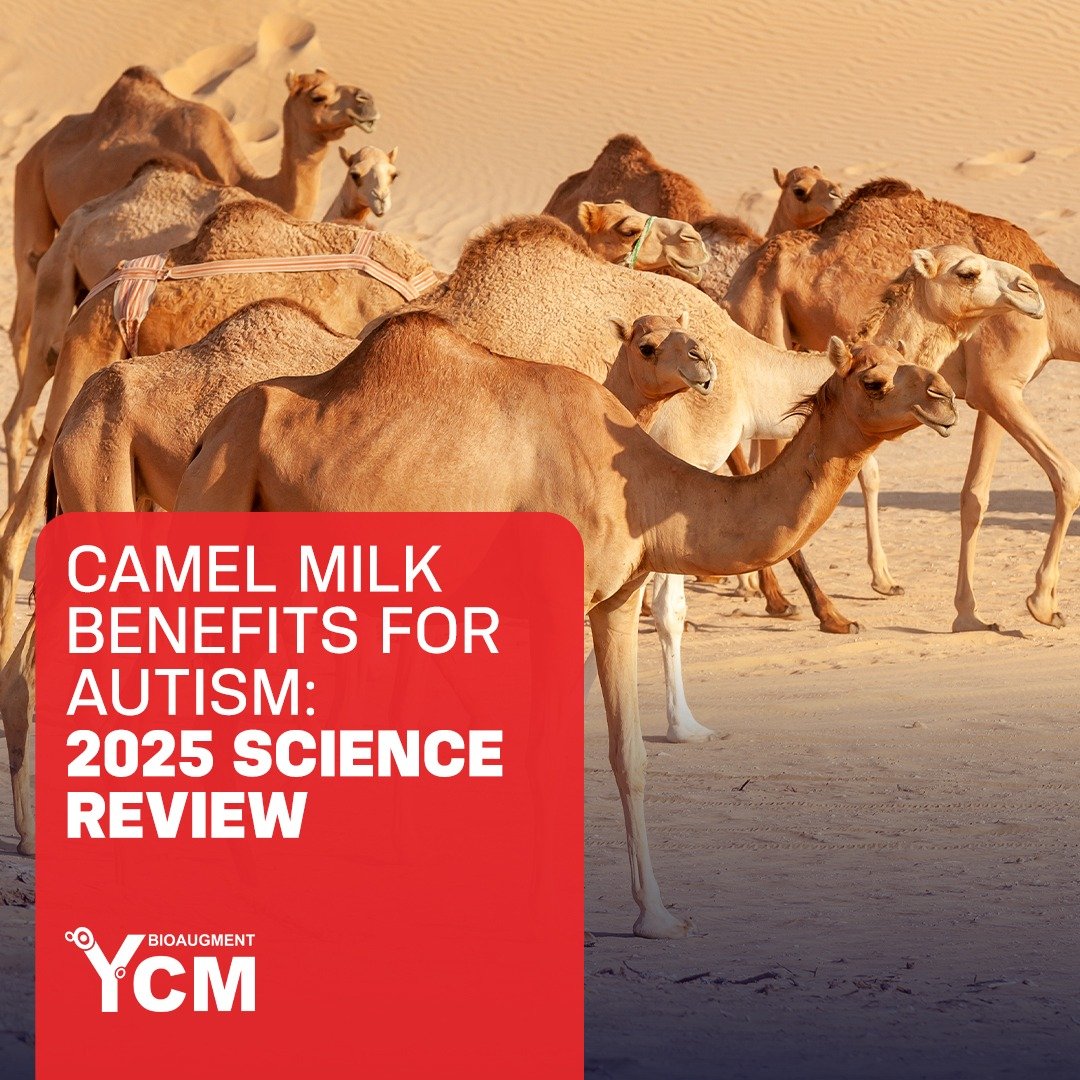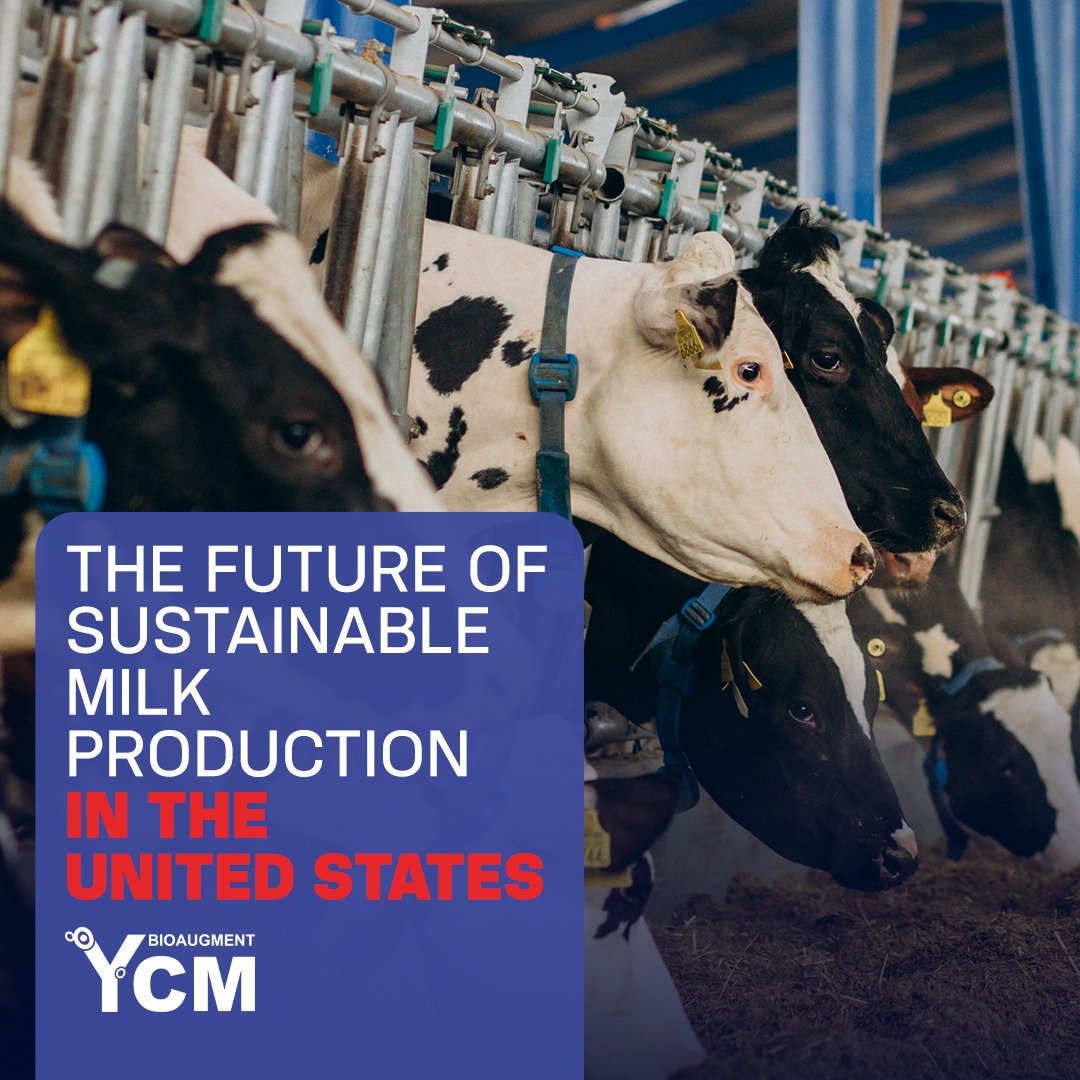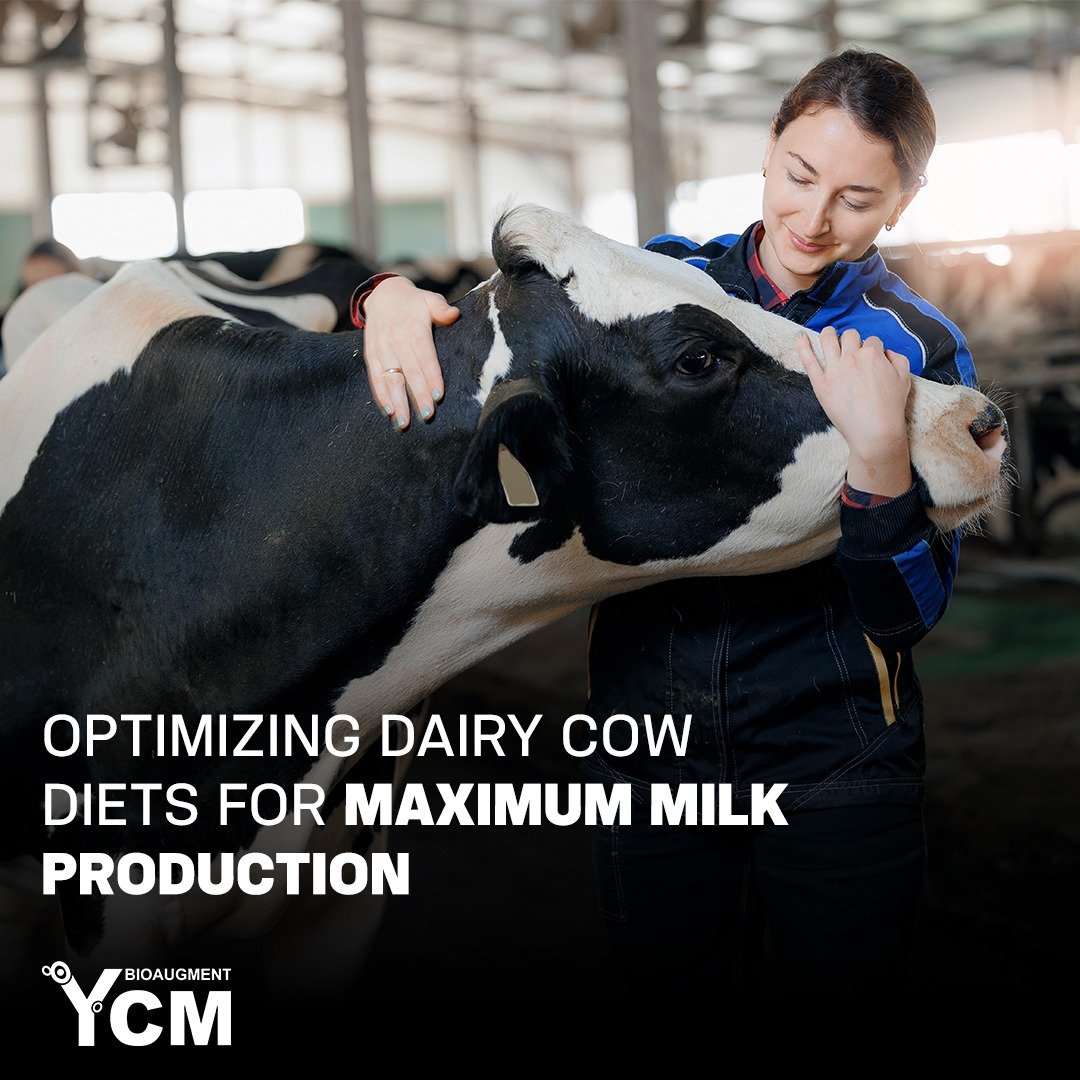Milk production is the lifeblood of U.S. dairy farming, directly driving profitability and long-term sustainability. Yet rising feed costs, consumer demand for antibiotic-free milk, and unpredictable weather patterns mean farmers must focus on both quantity and quality.
Below are proven, field-tested strategies to increase milk yield while safeguarding herd health and product excellence.
1. Precision Nutrition for Higher Output
Balanced rations are essential to consistent milk production:
-
Forage testing and ration balancing ensure cows receive the right energy, protein, and fiber every day.
-
Adding postbiotic supplements such as Yeast Culture Metabolites (YCM) enhances rumen fermentation, improving feed conversion and butterfat levels.
-
Maintaining optimal dry matter intake supports peak lactation and better body condition.
2. Optimize Cow Comfort and Housing
Stress directly reduces both milk yield and milk quality. Key practices include:
-
Freestall barns with deep bedding to encourage longer lying times and better hoof health.
-
Ventilation and cooling systems to prevent heat stress during hot U.S. summers.
-
Consistent milking routines to lower somatic cell count (SCC) and reduce mastitis risk.
3. Reproductive and Herd Health Management
Reproductive efficiency fuels lifetime milk production:
-
Use activity monitors and heat detection tools to improve conception rates.
-
Schedule regular veterinary checks and vaccination programs to minimize disease outbreaks.
-
Maintain a controlled calving interval to keep cows in peak lactation cycles.
4. Technology for Data-Driven Decisions
Modern American dairy farms gain a competitive edge through technology:
-
Robotic milkers reduce labor costs and provide real-time yield data.
-
Cloud-based herd management software tracks nutrition, rumen health, and SCC trends.
-
Automated feeders help fine-tune rations and detect changes in appetite or milk flow early.
5. Sustainability and Market Advantage
Consumers increasingly reward environmentally responsible dairy farming:
-
Manure digesters and nutrient recycling reduce greenhouse gas emissions.
-
Precision feeding lowers nitrogen waste while maintaining high milk quality.
-
Marketing milk as “sustainably produced” captures premium prices in the U.S. market.
Boosting milk production isn’t just about more gallons—it’s about better feed efficiency, herd comfort, and long-term profitability. By integrating precision nutrition, advanced technology, and proactive health management, American dairy farmers can consistently achieve higher yield and superior milk quality.






